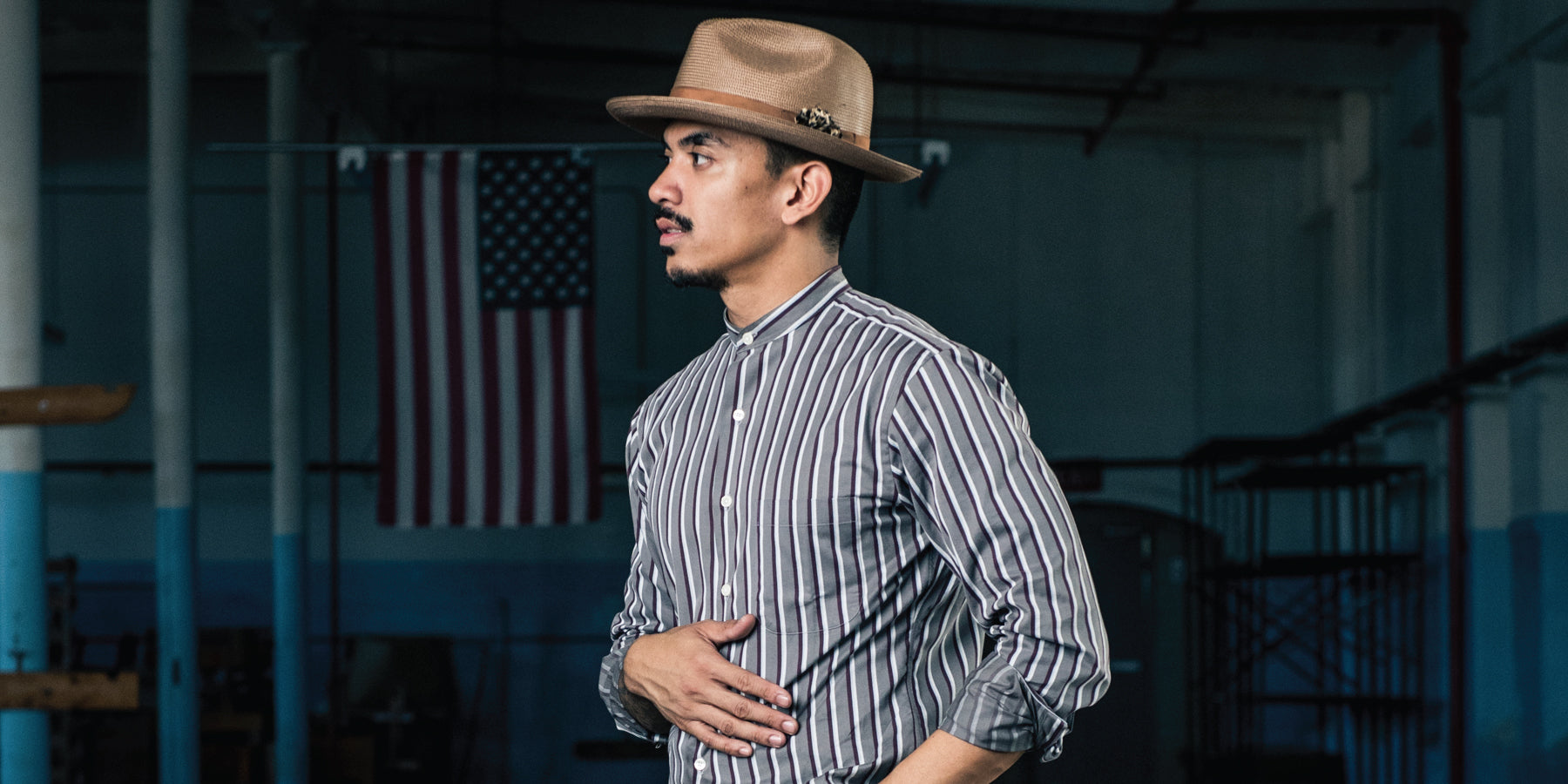Buying a piece of clothing that doesn’t fit is very frustrating, a huge waste of time and money, and terrible for the environment.
You won’t wear it, and you will eventually have to replace it.
So we created the “How It Should Fit” series to you help you look and feel great, save you time and money, and help save the planet from overconsumption.
In this edition, we take a closer look at the classic dress shirt.
THE COLLAR
The collar should be snug around the neck. It shouldn’t be tight or uncomfortable, but when buttoned there should be no visible gap (this kills the look of the shirt). The size of the collar cannot be altered, so make sure you buy the right size. If it shrinks a little too much in the wash and gets a little tight, you can try moving the button over 1/4″ or so, but that’s about all the wiggle room you got.
THE SHOULDERS
The shoulder seams of the shirt should hit at your natural shoulder lines, not up on the collar bones (too small) or hanging down on the upper arm (too big).
THE CHEST
There should be a smooth coverage of the chest, with enough allowance that you can have a full range of motion. Too tight and the buttons will pull open, too loose and you’ll have extra fabric pooling around the armholes and upper back.
THE STOMACH
This is where a lot of shirts are too big and cause billowing around the waist. It’s a very easy alteration to have a shirt slimmed-down through the body, and you can use darts to take the excess fabric out of the back only (just don’t make the hips too small, see below).
THE HIPS
A lot of guys make the mistake of making the hips too small when they have the stomach taken-in, trying to get rid of all that extra fabric around the midsection. If the hips are too small the shirt will ride-up and gradually untuck itself as you move. There needs to be enough allowance for the shirt to fit comfortably around the hips (and seat) in order for it to stay locked in place.
THE LENGTH
I tuck my button-down shirts in 80% of the time, so most of my dress shirts are nice and long and hit past the seat (I hate when they come untucked). For the 20% of time that I wear an untucked button-down, I have a handful of shirts that are meant to be worn like this, and cut much shorter:
THE SLEEVE WIDTH
A trim sleeve can make a world of difference. I find that this is an area that often gets overlooked; guys will have the midsection of their business shirts slimmed-down at the tailor, but forget to trim to sleeves as well. A trim upper arm can make for a much better looking shirt, just make sure it’s not so tight around the biceps that you can’t touch your shoulder.
THE SLEEVE LENGTH
The sleeves should hit just past the wrist, at the very beginning of the hand. They should show about 1/2″ under the sleeves of the jacket, and have enough allowance that they don’t ride halfway up your forearms when you extend your arms. It’s a careful trade-off having enough room for full range of motion, while not having too much fabric “pooling” around the wrists at a resting state.
THE CUFFS
The cuffs should be cut close to the wrists, but not snug. You may want a little more room on your watch side so the cuff doesn’t get tight or hung up (many bespoke shirts are made with a larger cuff on the watch side, for gents who wear large timepieces).
Thanks, as always, for reading.
Yours in style,
Dan Trepanier

